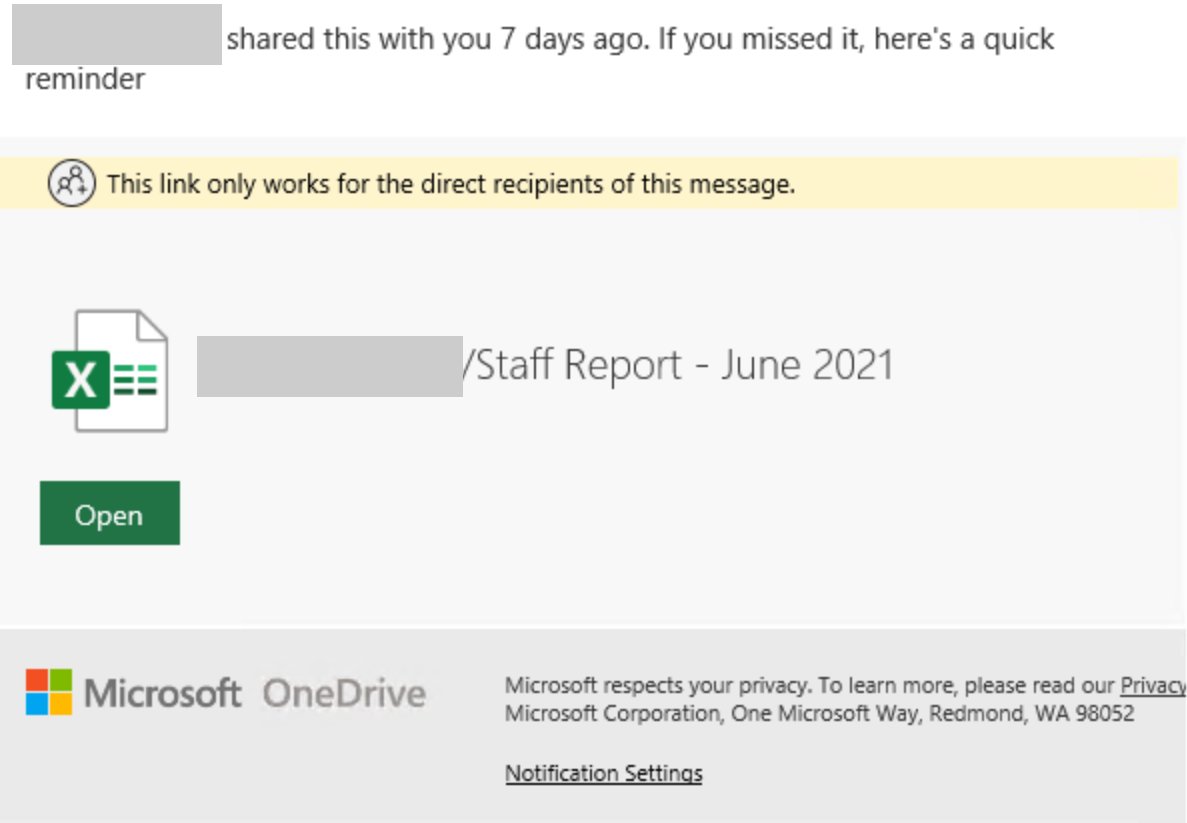Cybercriminal Nets Millions From Executive Office365 Accounts

Table of Contents
The Methods Used in Executive Office365 Account Compromises
Cybercriminals employ increasingly sophisticated techniques to breach executive Office365 accounts. Understanding these methods is crucial for effective prevention. Common attack vectors include:
-
Phishing Attacks: These are the most prevalent method. Spear phishing, a highly targeted form of phishing, uses personalized emails designed to deceive executives into revealing their credentials or clicking malicious links. These emails often mimic legitimate communications from trusted sources, making them difficult to detect.
-
Credential Stuffing: This involves using stolen usernames and passwords from other data breaches to try and access Office365 accounts. Cybercriminals use automated tools to test combinations until they find a successful login.
-
Malware Infections: Malicious software can be installed through phishing emails, infected attachments, or compromised websites. Once installed, malware can steal credentials, monitor keystrokes, and exfiltrate sensitive data.
-
Social Engineering: This manipulative tactic exploits human psychology to trick employees into revealing confidential information or granting access to systems. This might involve pretexting (pretending to be someone else) or building trust to gain access.
-
Multi-Factor Authentication (MFA) Bypass: While MFA significantly enhances security, cybercriminals are constantly developing methods to bypass it. This often involves exploiting vulnerabilities in MFA implementation or using sophisticated social engineering techniques.
The Financial Ramifications of Executive Office365 Account Breaches
The financial consequences of an executive Office365 account breach can be catastrophic. The costs extend far beyond the immediate financial losses:
-
Direct Costs: These include ransom payments (if ransomware is involved), costs associated with data recovery and system restoration, incident response services, and legal fees.
-
Indirect Costs: This includes lost productivity, damaged business reputation, decreased customer trust, loss of intellectual property (IP), and potential loss of business contracts. The reputational damage alone can cost a company millions in lost revenue.
-
Legal and Compliance Penalties: Depending on the nature of the data breached and the applicable regulations (like GDPR or CCPA), companies can face substantial fines and legal penalties for failing to adequately protect sensitive information.
Protecting Your Executive Office365 Accounts: Best Practices
Protecting executive Office365 accounts requires a multi-layered approach incorporating robust security measures and employee awareness training. Here are some key best practices:
-
Multi-Factor Authentication (MFA): Implementing MFA is non-negotiable. It adds an extra layer of security by requiring more than just a password to access accounts.
-
Strong Password Policies: Enforce strong, unique passwords and encourage the use of password managers to simplify secure password management.
-
Phishing Awareness Training: Regular and comprehensive security awareness training is essential to educate employees about recognizing and avoiding phishing attempts. Simulations and regular testing can significantly improve employee vigilance.
-
Robust Security Software: Utilize enterprise-grade security software, including antivirus and endpoint detection and response (EDR) solutions, to protect against malware and other threats.
-
Data Loss Prevention (DLP): Implement DLP tools to monitor and prevent sensitive data from leaving the organization's network.
-
Microsoft Defender for Office 365: Leverage Microsoft's built-in security features, such as Microsoft Defender for Office 365, to proactively detect and prevent threats. Regular security audits are also crucial.
The Role of Human Error in Office365 Security Breaches
Despite robust security measures, human error remains a significant vulnerability. Negligence or a lack of awareness can easily negate the effectiveness of technical safeguards. Ongoing training, regular security awareness campaigns, and clear communication about security policies are crucial to minimize human error and strengthen the overall security posture.
Conclusion
The compromise of executive Office365 accounts poses a serious and growing threat to businesses worldwide, resulting in substantial financial losses and reputational damage. The methods used by cybercriminals are becoming increasingly sophisticated, highlighting the need for proactive and layered security measures. By implementing the best practices outlined in this article, including strong MFA, robust security software, regular security awareness training, and utilizing tools like Microsoft Defender for Office 365, organizations can significantly reduce their risk of an Office365 security breach and protect their valuable data. Don't wait until it's too late – secure your Office365 accounts and protect your executive Office365 data today. Visit Microsoft's security center for more information and resources to strengthen your Office365 security.

Featured Posts
-
 Cleveland Cavaliers Face Le Vert Free Agency Decision Key Report Insights
May 07, 2025
Cleveland Cavaliers Face Le Vert Free Agency Decision Key Report Insights
May 07, 2025 -
 Lotto 6aus49 Am Mittwoch 9 April 2025 Die Aktuellen Gewinnzahlen
May 07, 2025
Lotto 6aus49 Am Mittwoch 9 April 2025 Die Aktuellen Gewinnzahlen
May 07, 2025 -
 Las Vegas Welcomes The John Wick Experience
May 07, 2025
Las Vegas Welcomes The John Wick Experience
May 07, 2025 -
 The Karate Kids Impact On Pop Culture And Martial Arts Training
May 07, 2025
The Karate Kids Impact On Pop Culture And Martial Arts Training
May 07, 2025 -
 Nay Golemite Khitove Na Ed Shiyrn Vliyanieto Na Riana
May 07, 2025
Nay Golemite Khitove Na Ed Shiyrn Vliyanieto Na Riana
May 07, 2025
